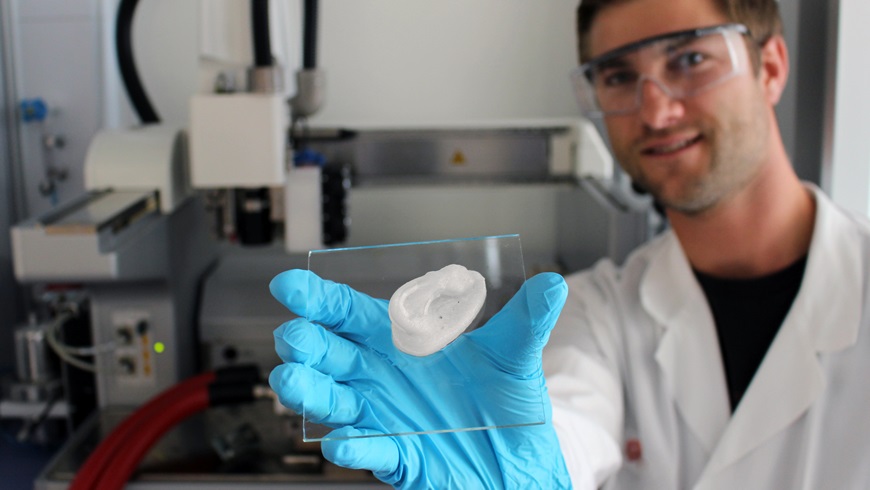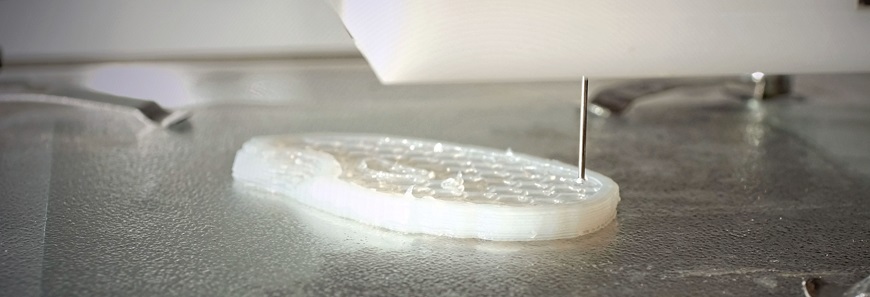Cellulose is an essential substance found in plant cell walls that allows the plan to remain stiff and strong. It is also important in a diet as a source of fibre. Today, Empa researchers have integrated additional performances in the biodegradable material to ease the additive manufacturing of implants.

Empa is a research centre that specializes in materials science & technology. Empa researcher Michael Hausmann is in charge of this project. Cellulose is the most abundant natural polymer on earth. It goes without saying that by studying its nanocrystals, on could determine its different areas of application so that professionals can benefit from this raw material.
In this specific research, Michael Hausmann aims at incorporating both human cells and therapeutics into the base structure in order to produce biomedical implants.
It all starts with an ear
Some children suffer from inherited auricular malformation such as microtia where the external ears are partially developed. Nanocellulose based composites in the shape of an ear could therefore treat such type of malformation.
Once the object shaped like a human ear has been removed from the 3D printer, Michael H. explains: “In viscous state cellulose nanocrystals can easily be shaped together with nother biopolymers into complex 3-dimensional structures using a 3D printer, such as the Bioplotter.”

CCC, Coating Competence, Biopolymer, 3D, Michael Hausmann
According to the researcher, the structures remain stable despite their soft mechanical properties.
The researcher’s goal is to optimize the printing process, hence his research on the characteristics of nanocellulose composite hydrogels. Indeed, X-ray analysis has made it possible to determine how cellulose is distributed and organized in printed structures.
“Once the artificial tissue has been implanted in the body, the biodegradable polymer material is expected to degrade over time. The cellulose itself is not degradable in the body, but biocompatible. However, it is not only its biocompatibility that makes nanocellulose the perfect material for implant scaffolds. It is also the mechanical performance of cellulose nanocrystals that make them such promising candidates because the tiny but highly stable fibers can extremely well reinforce the produced implant,” said Hausmann.
For further information about 3D Printing, follow us on our social networks and subscribe to our newsletter! Images via Empa
Would you like to be featured in the next issue of our digital magazine? Send us an email at contact@3dadept.com





